World Rivers day: Río de la Plata restoration, Argentina
-
Country
Argentina -
Region
Latin America and the Caribbean -
Topic
Ecological Restoration -
Type
Blog -
Source
BGCI Member
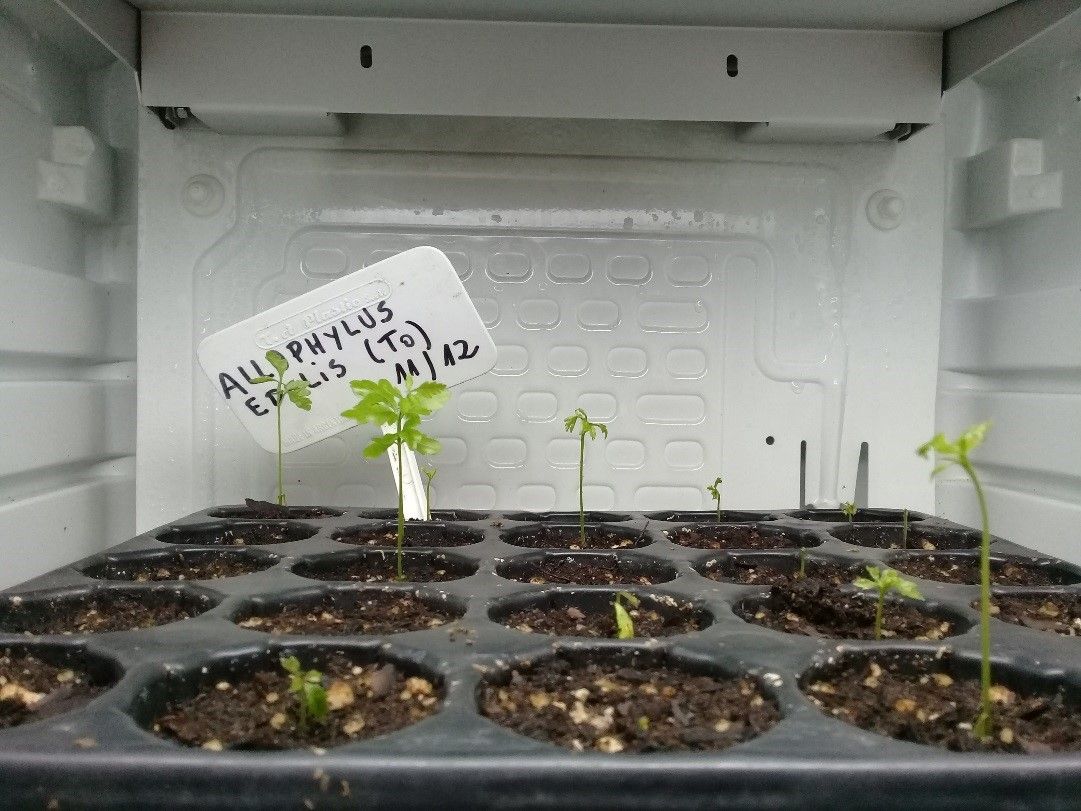
Propagation trials of Allophyllus edulis at Carlos Thays botanic garden
Propagation trials of Allophyllus edulis at Carlos Thays botanic garden
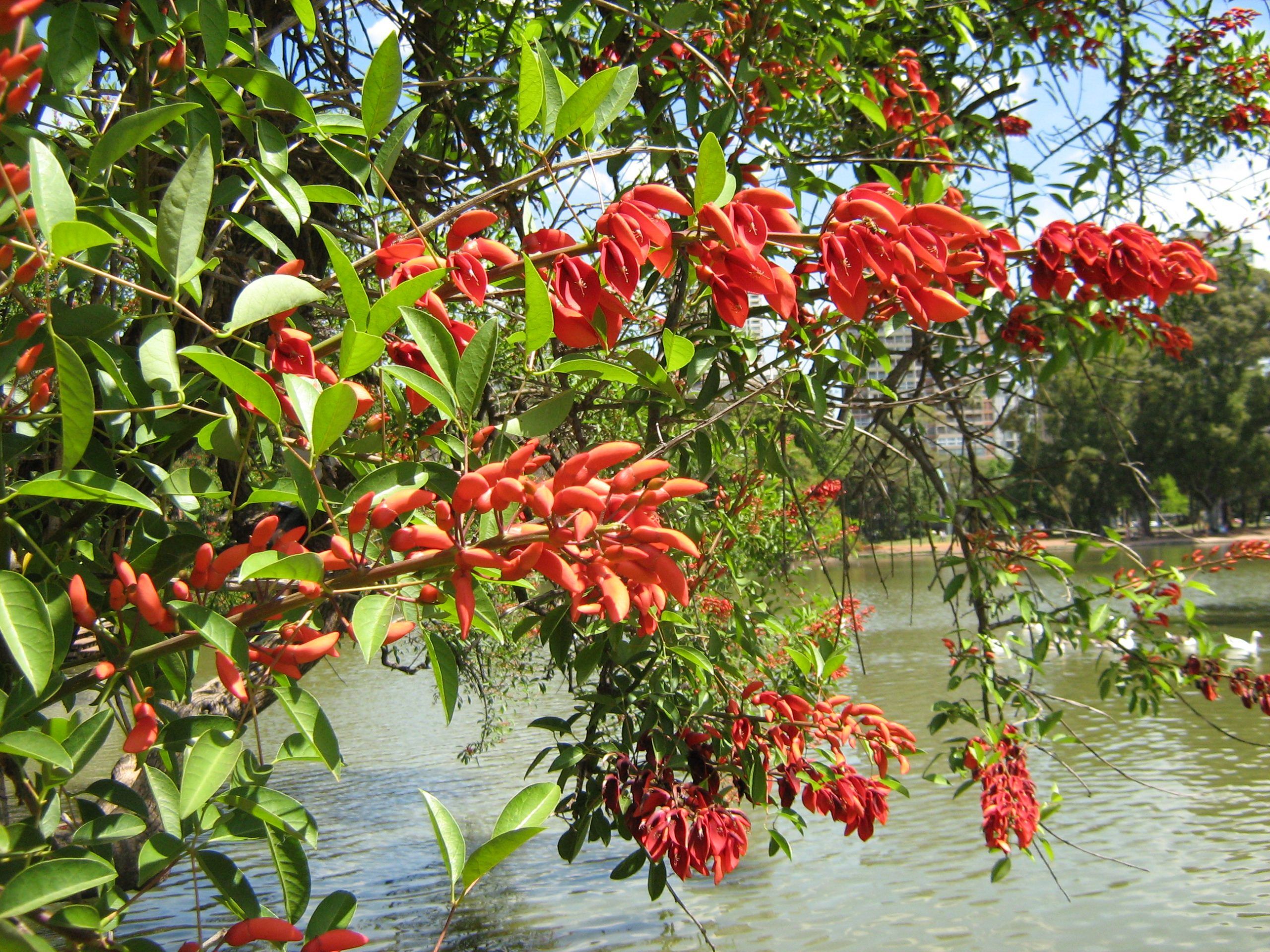
Erythrina crista galli
Erythrina crista galli
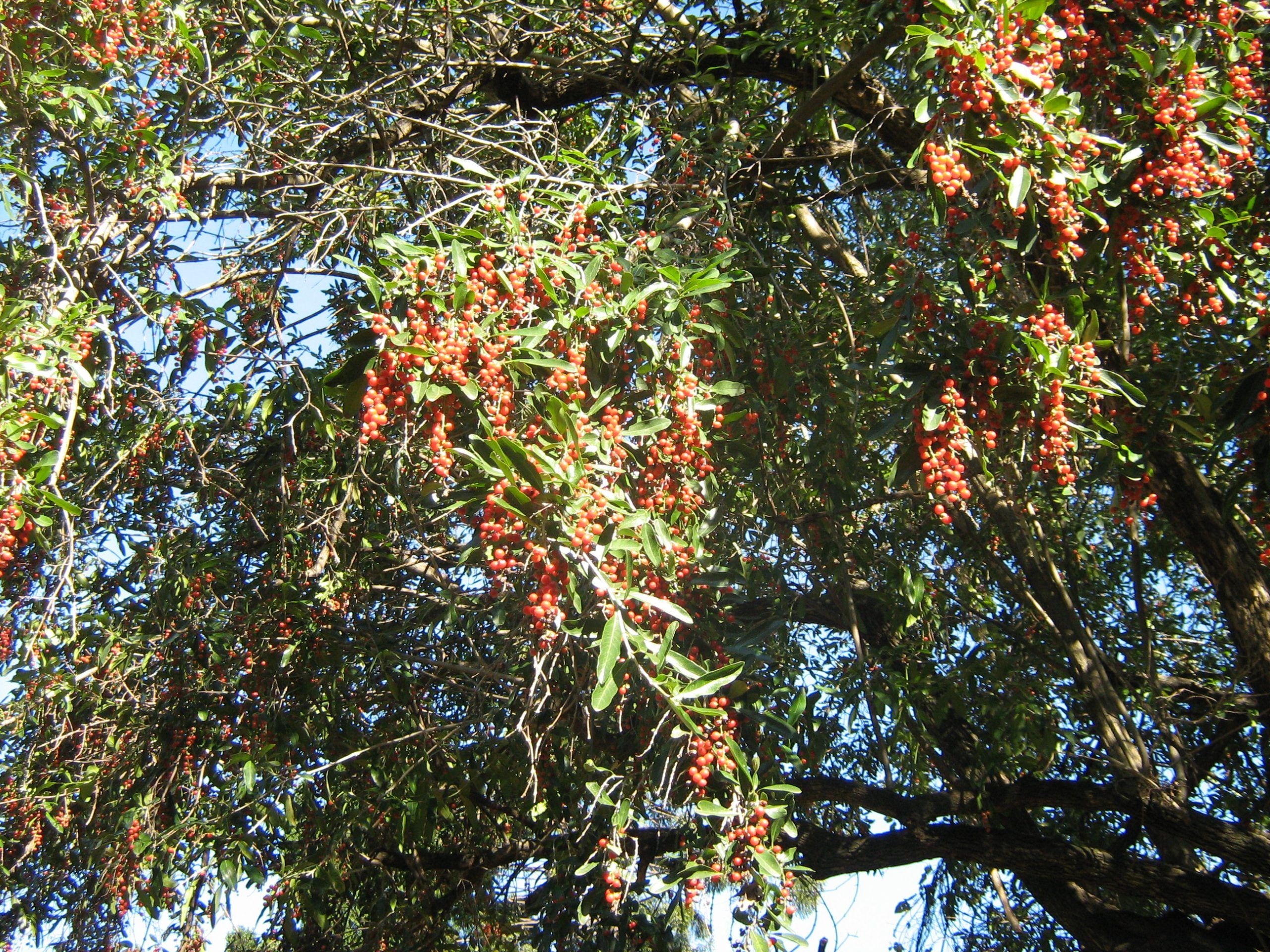
Citharexylum montevidense 99frutos
Citharexylum montevidense
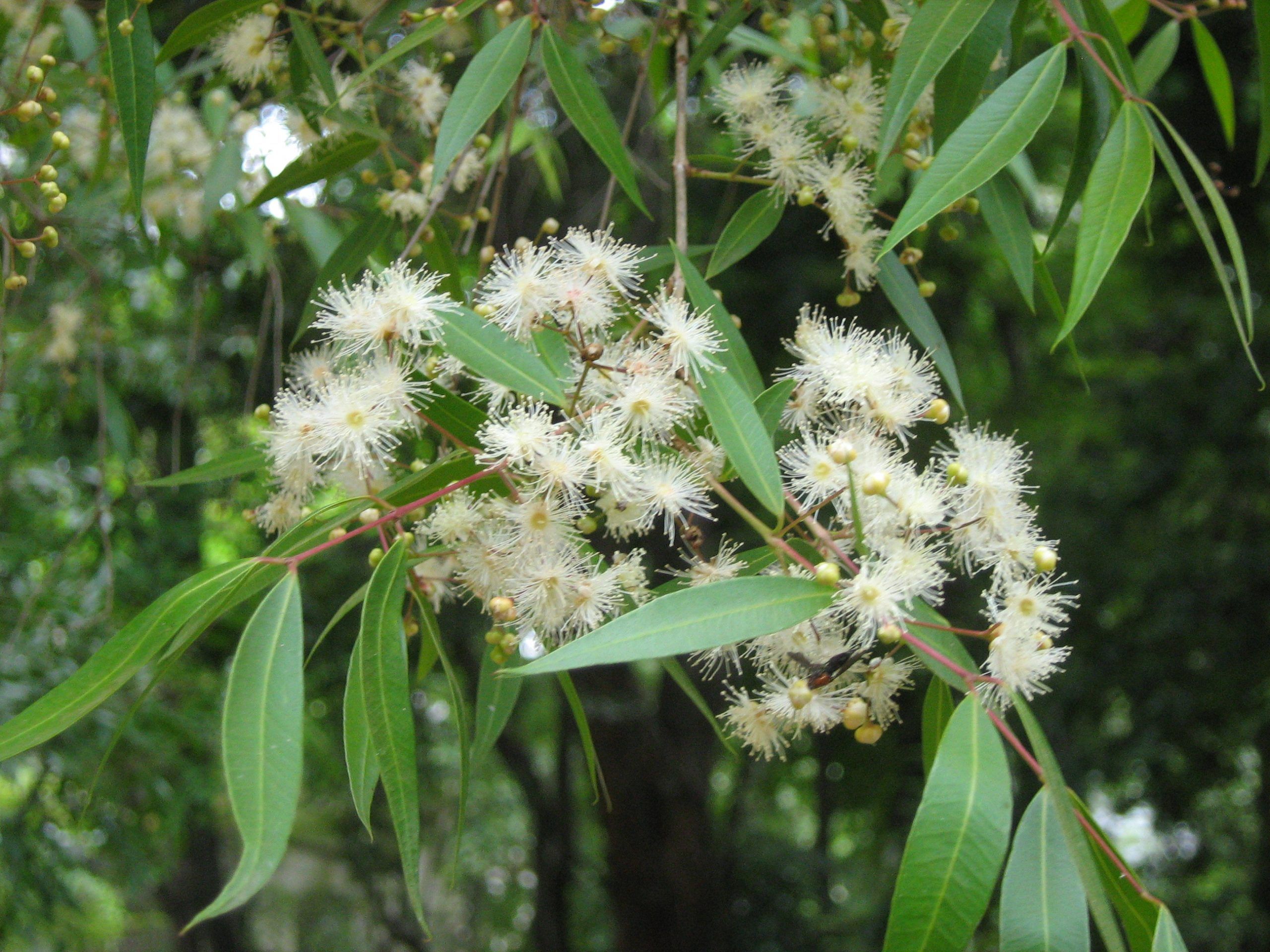
Blepharocalyx salicifolius _000000265 flor
Blepharocalyx salicifolius
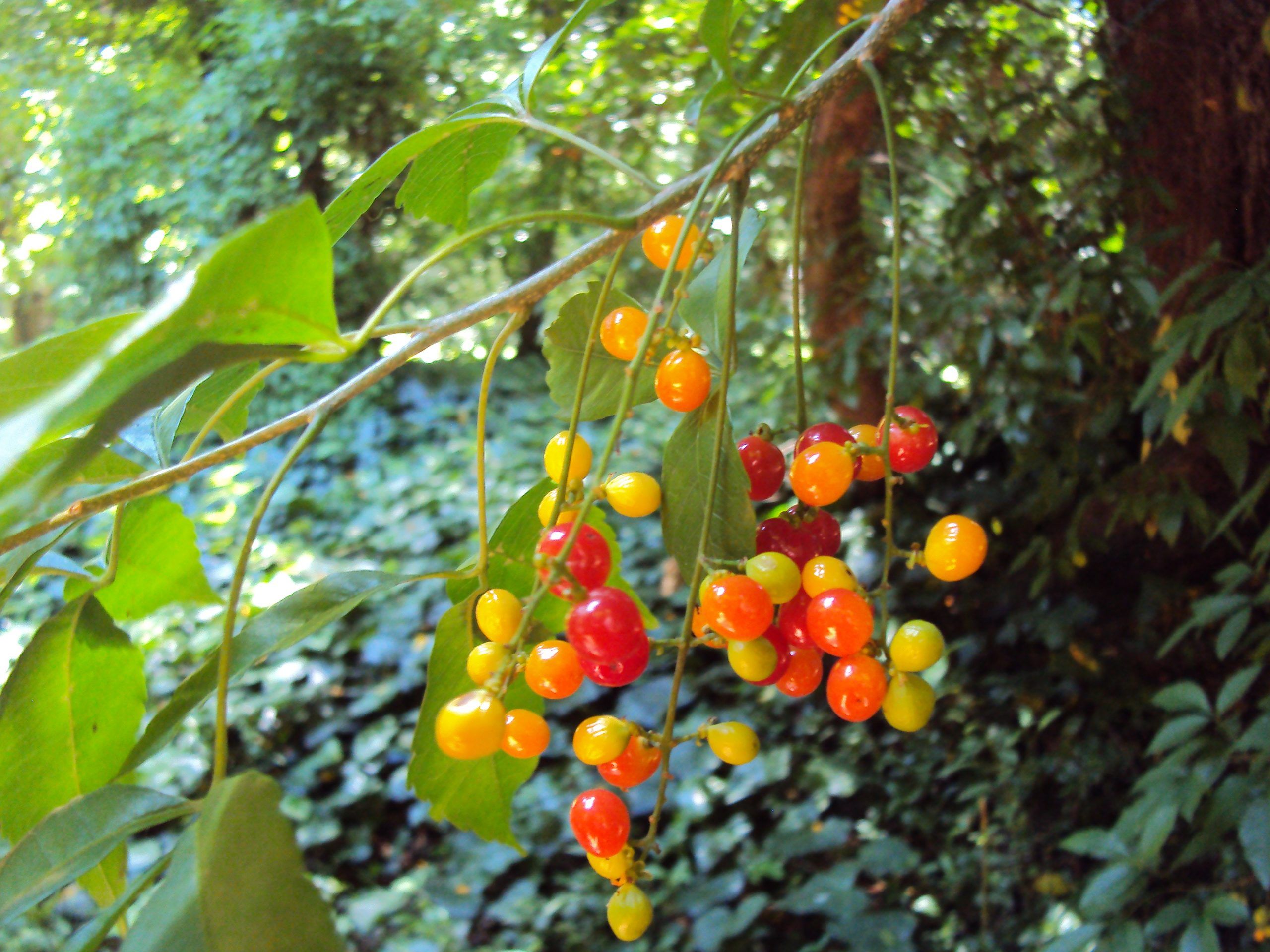
Allophylus edulis_009065 frutos
Allophylus edulis
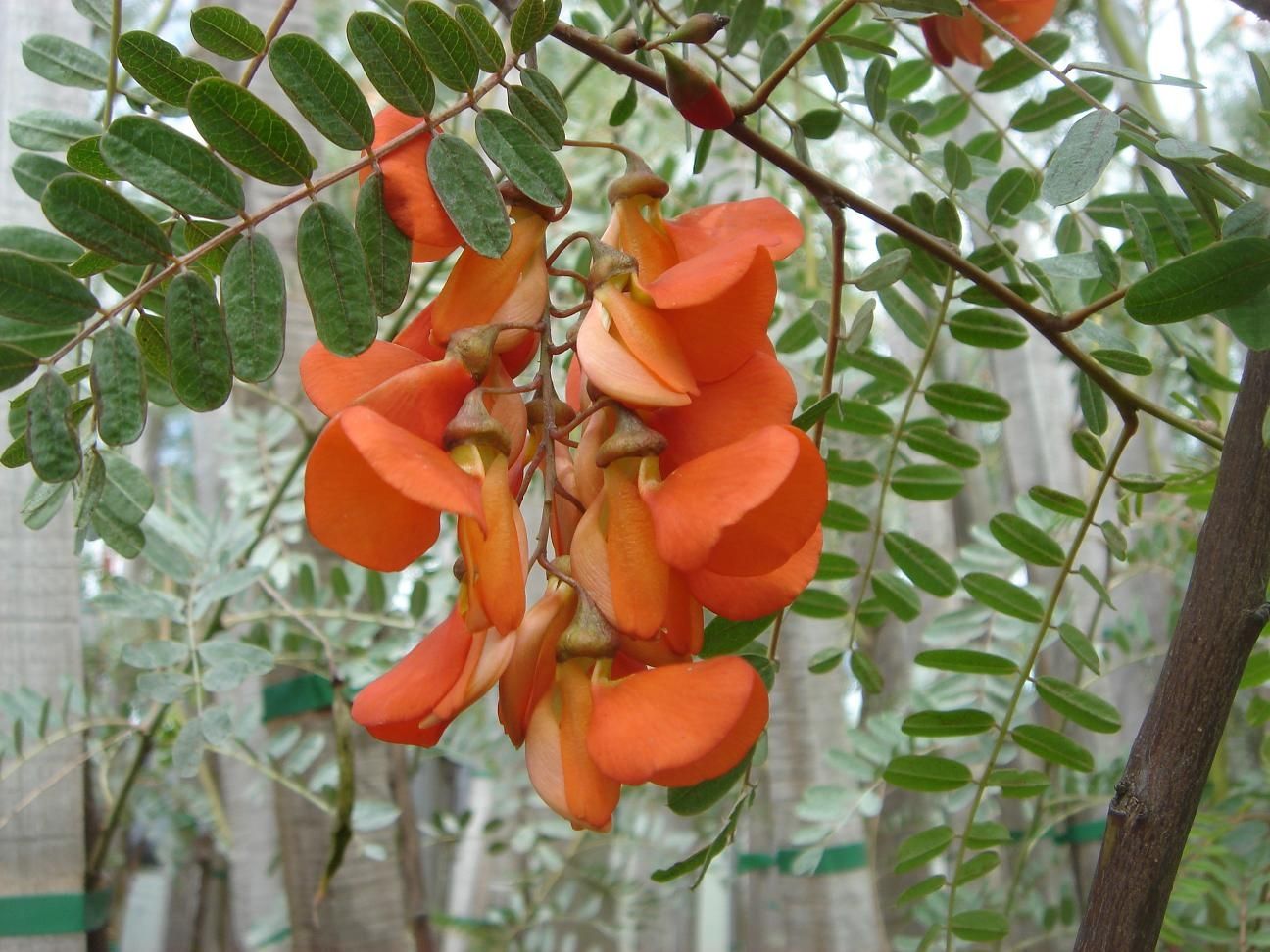
Sesbania punicea
Sesbania punicea
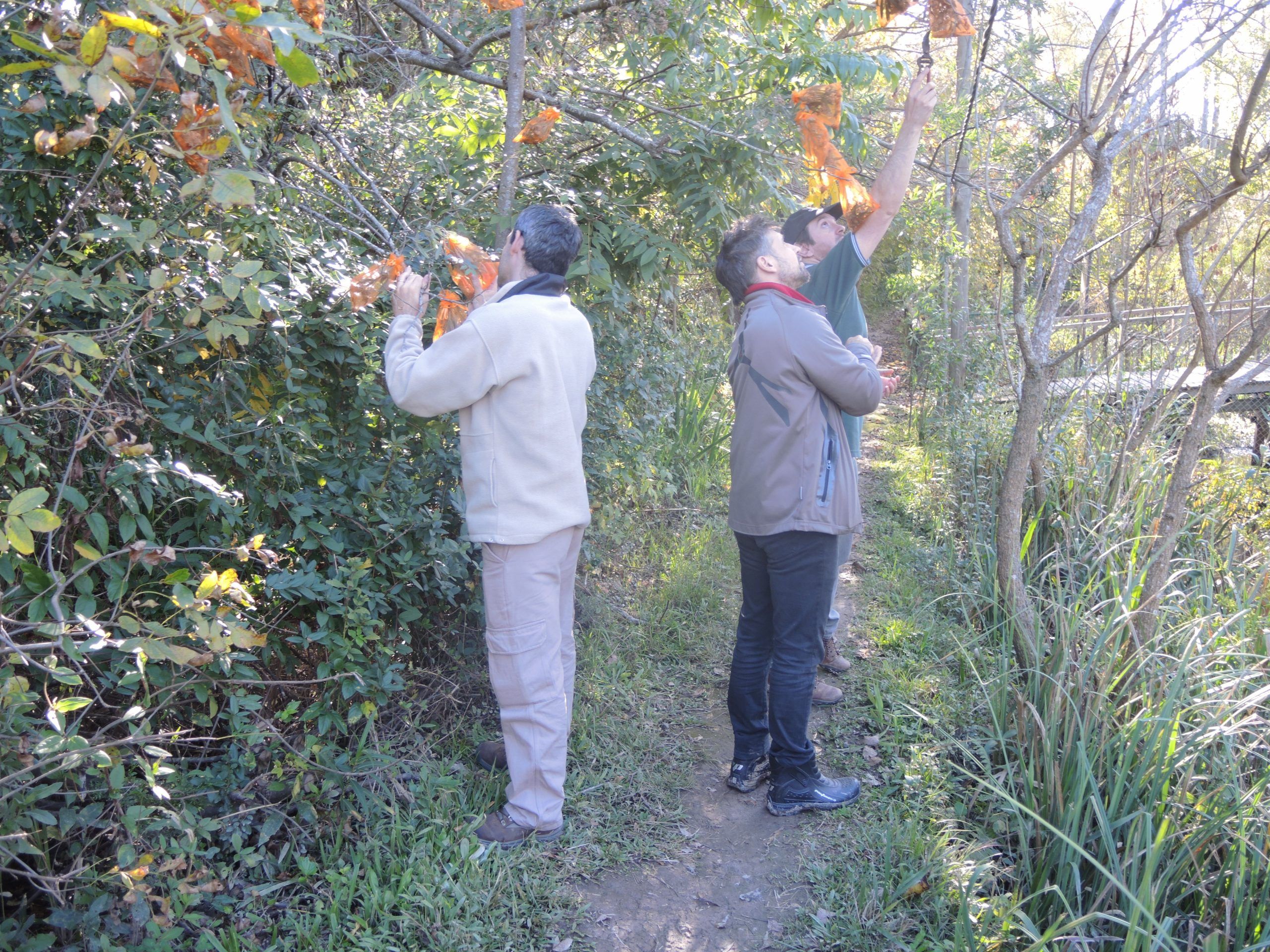
DSCN0409
Seed collection activities
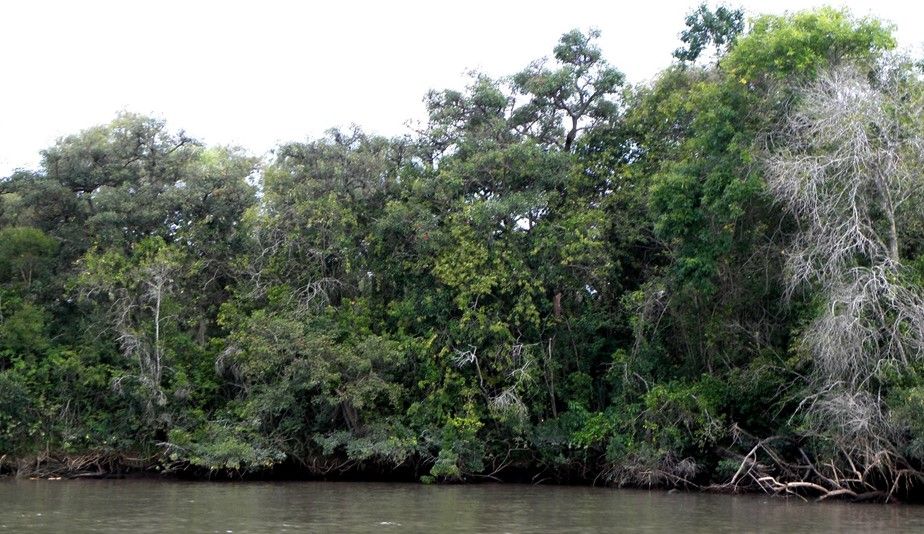
Typical natural vegetation in coastal wetland of the Río de la Plata estuary
Typical natural vegetation in coastal wetland of the Río de la Plata estuary
To celebrate World Rivers Day, we wanted to show the fantastic work that we have been doing in the past 2 years in the native wetland flora of the Río de la Plata estuary. The Botanic Garden of the City of Buenos Aires “Carlos Thays” are working with BGCI and the support of Klorane Botanical Foundation and Pierre Fabre Dermo-Cosmétique Argentina to conserve this beautiful estuary.
We want to achieve this by enhancing ex situ conservation of the native tree species of the wetland forest. We are trying to pilot restoration of a degraded area and we want to strengthen public outreach to foster environmental awareness of the ecological value of the Río de la Plata’s wetland habitats for generations to come.
A habitat in need of conservation
In the Lower Paraná River delta, different subtropical species converge from the Chaco and Paraná, as well the Pampas and Mesopotamian plains to create a unique and diverse ecosystem. A number of the species found in the area have spread from the north and northwest along the rivers Paraná and Uruguay, with the delta at their distribution limits.
The islands in the delta have a typical cuvette shape, with elevated edges locally referred to as albardons, and lower interior, waterlogged areas. Historically, the predominant ecosystem type in these islands were the riparian forests characterized by different strata: herbaceous plants, shrubs, climbers, epiphytes and trees.
The original habitat was very diverse, with different stratums of vegetation. However, the Río de la Plata delta is no longer a pristine ecosystem, and threats affect species, the landscape and local cultural diversity. Threats come from upstream from energy infrastructure developments that change local hydrology whilst transport and expanding agricultural developments reduce the size of natural vegetation in the delta. Logging has also been a historic destructive activity, although the pressure has reduced due to the massive migration of settlers in the last 30 years
The Monte Blanco forest vegetation is disappearing on the islands with limited regeneration of the original Monte Blanco. Timber production (such as for Salicaceae species) is a key activity, although decreasing. Once abandoned, new secondary forests have established on the albardons, but these are dominated by exotic species (ligustrina – Ligustrum sinense; ligustrum – Ligustrum lucidum; arce – Acer negundo; amongst others) interspersed with native tree species.
Restoring the “Monte Blanco”
By the end of the 19th century, the natural forest vegetation of the delta islands, locally referred as Monte Blanco, still existed. These were structurally complex and had a unique diversity. According to studies, the species richness was high (151 species), with a large proportion of vines (26), epiphytes (8), herbaceous (63) and woody plants from the Paraná forests (45) and 9 species of mosses and lichens. For trees, the pindo palm (Syagrus romanzoffiana), mirto (Myrceugenia glaucescens), mataojo (Pouteria salicifolia), chal-chal (Allophylus edulis) and anacahuita (Blepharocalyx salicifolius) were all noted, amongst others.
In a small area in the inner part of the Delta, in Buenos Aires province, that is managed by Fundación Azara, a local conservation NGO, we are going to carry out pilot recovery activities.
We are going to trial a series of planted plots using different species compositions to identify what species mixes work best. We aim to propagate some target species for planting in the project, including Salix humboldtiana, Myrsine laetevirens, Blepharocalyx tweediei, Erythrina crista-galli, Nectandra angustifolia, Sapium haematospermum, Phyllanthus sellowianus, Tessaria integrifolia, Sesbania virgata, Sesbania punicea and Senna corymbosa. Individually, none of these species are under current threat of extinction, but they are vital to this threatened and important habitat. The plan is for these plots to form a biological corridor for biodiversity in the area that can all grow and merge into one habitat.
Preparing to restore
In the project’s firsts year, we have made seed collections of target species and then carried out, germination and vegetative propagation trials at the Botanic Garden. This has given us the first stock of saplings that we need to start to restore the vegetation. We have also identified and marked the sites to be re-planted. Some of the saplings we also plan to distribute to other botanic gardens, so that the plants are conserved ex situ at multiple sites as well,
To increase awareness of the project we have started to design flyers and panels that provide information on the project and the importance of restoring this wonderful habitat. These display panels will be unveiled in the presence of local media and we will organise guided tours and events for schools at the Garden and in the Natural reserve to improve understanding of the importance of this restoration work.
During the second year, the pandemic has delayed the planting work but propagation has continued and our stocks have increased; we already have nearly 1500 individual saplings, healthy and waiting to be transported to the islands as soon as the COVID-19 situation improves. All the propagation, seedbanking and viability trials were done at Buenos Aires, in our Garden.